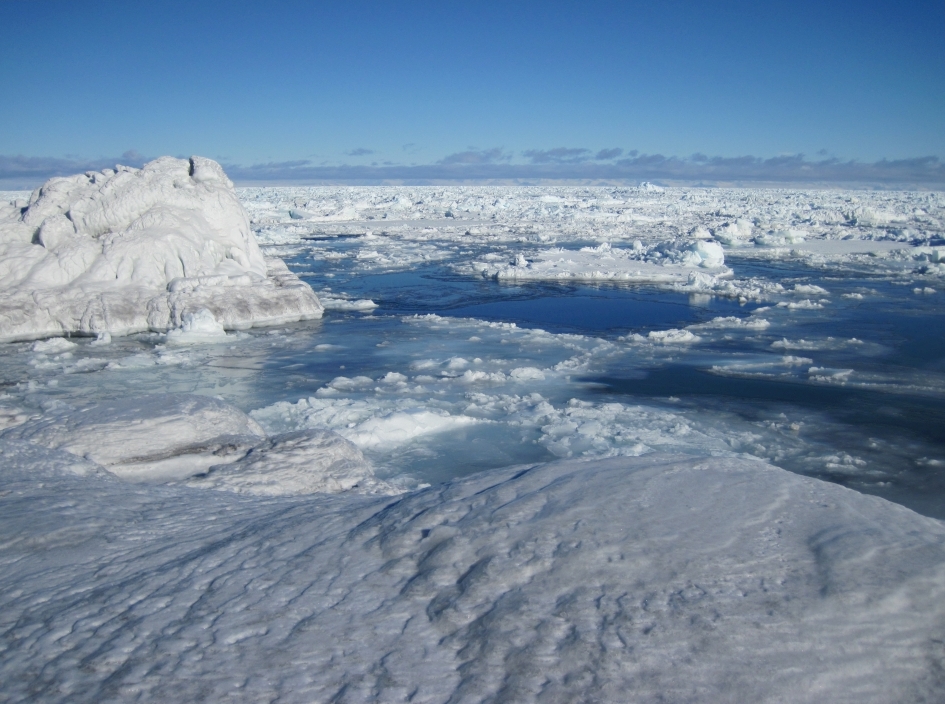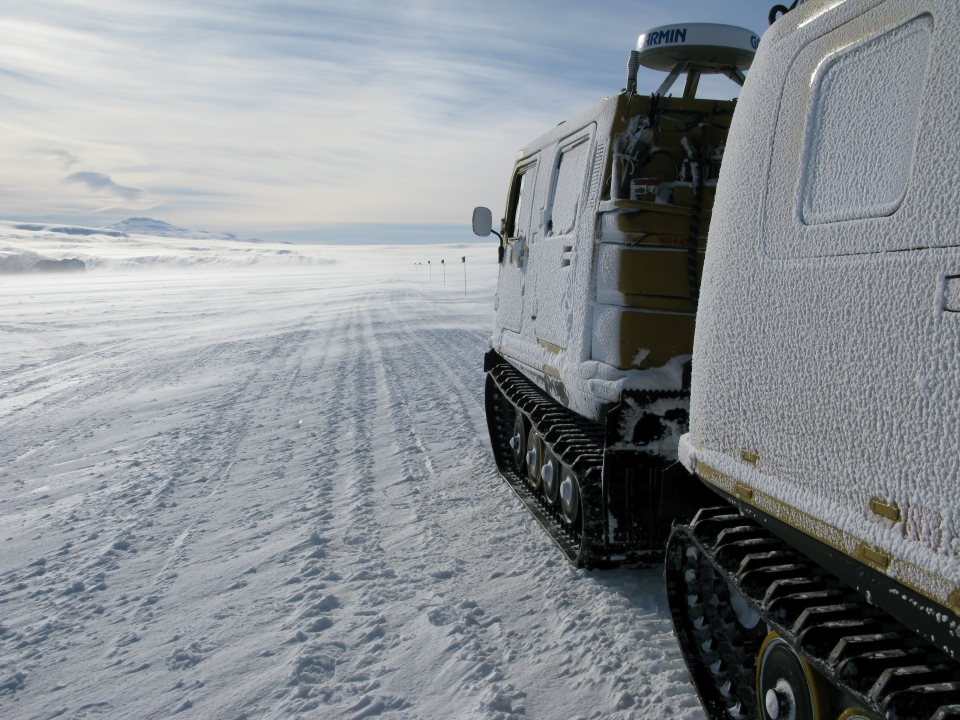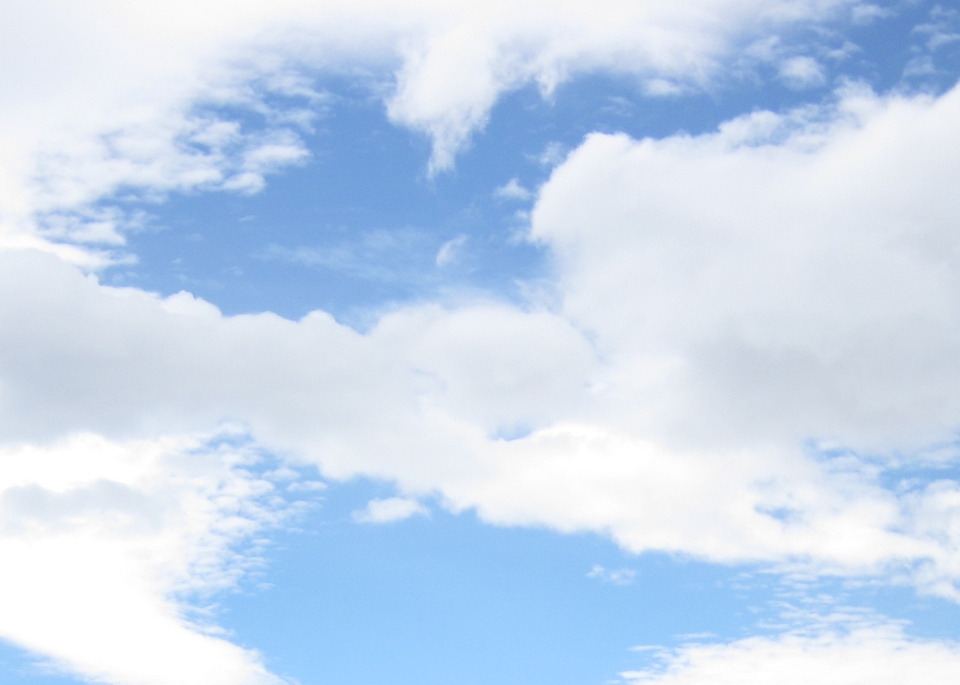You can contact LEARNZ, part of CORE Education, at:
Postal Address:
PO Box 13 678,
Christchurch 8141,
New Zealand
Matter is everything around us. Matter can be a solid, liquid or gas. Water is the only common substance on Earth that is naturally found as a solid, liquid or gas.
Water is the only common substance that is naturally found as a solid, liquid or gas.
Solids, liquids and gases are known as states of matter.
Matter is everything around us.
Scientists use the word matter to describe anything that takes up space and has mass.
Matter is made up of tiny particles, including;
Atoms are like individual LEGO blocks. They are the smallest unit that anything can be easily broken down into. If atoms are like LEGO blocks, molecules are what you can build with them.
The way atoms and molecules are arranged affects the state in which the matter is.
Right now, you are probably sitting on a chair at a desk, or standing on the floor of your classroom. The chair, desk and floor are all solids. A solid is something that can hold its own shape and is hard to compress (squash).
The particles in most solids are closely packed together. Even though the particles are locked into place and cannot move or slide past each other, they still vibrate a little.
Ice is water in its solid form or state. Ice keeps its shape when frozen, even if it is removed from its container. However, ice is different from most solids because its molecules are less densely packed than in liquid water so ice takes up a little more space than the same amount of liquid water. This is why ice floats. It is also why old pipes can crack and burst when the water inside them freezes.
The easiest way to decide if something is a liquid is to ask this question: If I try and move it from one container to another by trying to pour it, will it take on the shape of the new container?
If you have a glass of water and pour it into another glass, it clearly conforms – it takes on the shape of the glass. If you spill the water, it will go everywhere. Because it isn’t in a container, it conforms to the shape of the floor, making a big puddle!
In most liquids, the particles are less densely packed, so they can move around and slide past each other. While a liquid is easier to compress than a solid, it is still quite difficult – imagine trying to compress water in a container.
Water is an example of a liquid, and so are milk, juice and lemonade.
What other examples of liquids can you come up with?
The atoms and molecules in gases are much more spread out than in solids or liquids. They vibrate and move freely at high speeds. A gas will fill any container, but if the container is not sealed, the gas will escape. Gas can be compressed much more easily than a liquid or solid. (Think about a diving tank – 600L of gas is compressed into a 3L cylinder.) Right now, you are breathing in air – a mixture of gases containing many elements such as oxygen and nitrogen.
Water vapour is the gaseous form or state of water. Unlike ice or water, water vapour is invisible. We exhale water vapour whenever we breathe out. We cannot see the water vapour as we exhale, but if we hold our glass or a smartphone to our mouths, we can see the water vapour condensing (becoming liquid) on these objects as it cools.
Can you find out if there are any other states of matter?

,Water is the only common substance that is found as a solid, liquid and gas. All three states of water can be seen in this photo. Image: LEARNZ.

,Because ice is less dense than water, ice floats. In Antarctica the sea ice is thick enough in places to drive on and even land planes. Image: LEARNZ.

Water vapour is invisible and can only be seen when it cools and condenses into clouds or water droplets on cold surfaces. Image: LEARNZ.
Think about the importance of water being denser than ice; what would happen if ice was denser than water?